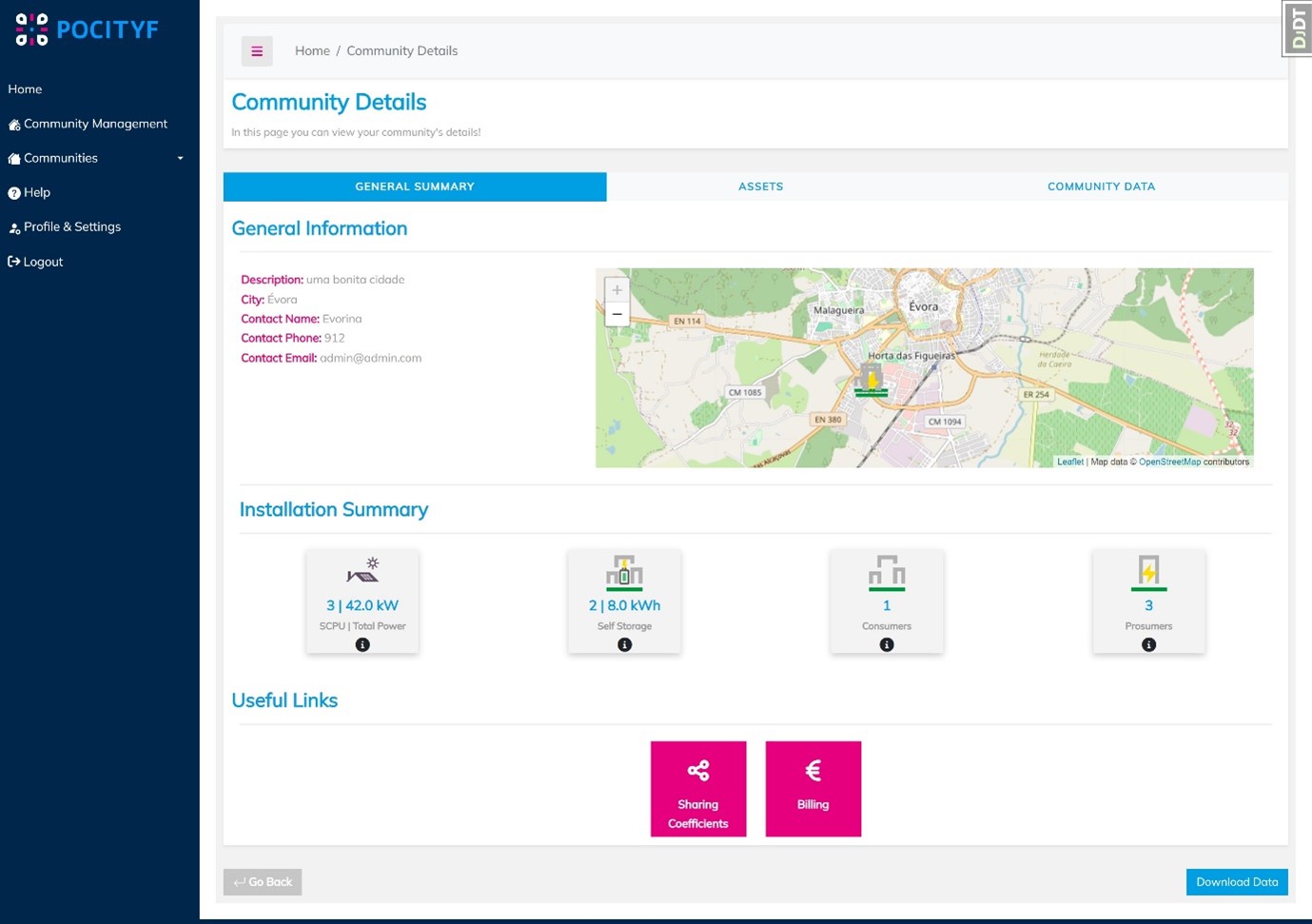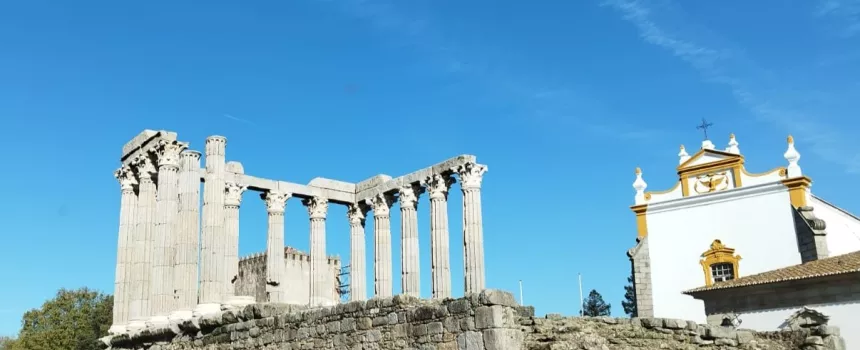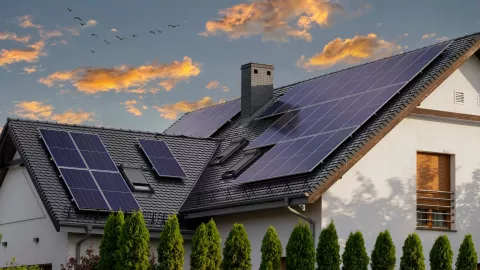As energy communities become a focal point of research across Europe, EDP NEW has been working on developing innovative digital solutions that streamline the deployment and operation of RECs. Can these digital tools help to face the barrier and increase the adoption of RECs in Europe?
Following the Renewable Energy Directive, Renewable Energy Communities (REC) have become a central point of research across Europe. At NEW, we are actively researching to streamline the deployment and operation of REC through innovative technical solutions which address current and future citizens’ needs while generating new products and revenues.
As of today, the setting up and operation of REC can only be achieved with support from energy experts. This barrier can be overcome using digitalisation, which facilitates REC’s management processes (members, billing, etc.), energy transactions that are increasingly more complex and must include innovative peer-to-peer trading solutions, planning capabilities in energy assets to optimize generation and consumption, among many others. Currently, REC introduce complexity in the grid, altering consumption profiles and leading to uncertainty in DSO’s grid management. This will also be mitigated through the new digital solutions.
To overcome the complexity in REC’s management, NEW has developed the Energy Community Management Platform, under the scope of POCITYF project, providing a user-friendly dashboard for automatic management of the energy sharing coefficients and billing among REC members and facilitates the link between the REC and DSO. This platform is also being used as part of a pilot project on Peer-to-Peer Energy Trading approved by ERSE for the city of Évora. With the support from E-REDES, we were able to set-up a feature that allows to fine-tune the sharing coefficients according to tailor-made criteria, allowing to trade energy between REC members.

Moreover, to address the knowledge gap in sustainable energy solution, NEW has developed the Investment Advisor Tool. This tool guides citizens in selecting energy production/storage equipment, façade elements, or appliances. As an integral part of the COMMUNITAS project, the tool provides a "shopping list" style description, offering a detailed breakdown of recommended investments, underpinned by a financial analysis.

Lastly, in response to the challenges posed by REC on the grid, NEW is conceptualizing a system to automate transactions within REC. As part of TaRDIS project, this concept employs a multi-layer edge-fog-cloud approach that enables supply-side management of power flows in REC, facilitates intra/inter-community communication, addresses low-voltage grid capillarity, and provides grid monitoring and nodes orchestration.
Continue reading

Promising solutions to enhance energy communities


